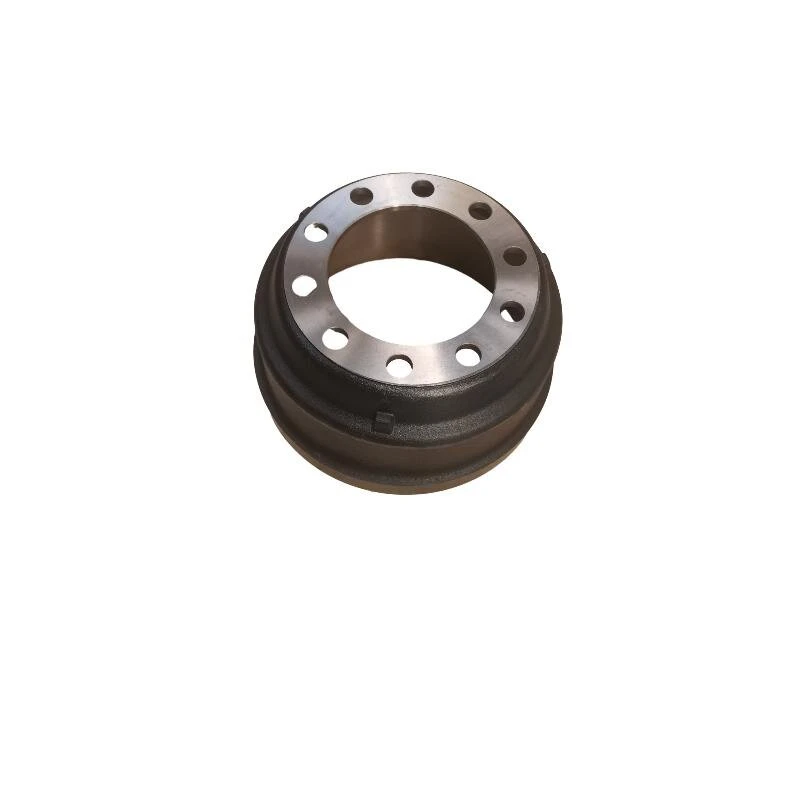Dec . 13, 2024 04:13 Back to list
Understanding the Nissan Patrol Brake Drum Components and Maintenance Tips
Understanding the Nissan Patrol Brake Drum
The Nissan Patrol, known for its rugged performance and durability, is an iconic vehicle that has carved a niche in the world of off-roading and heavy-duty utility. One of the critical components of the Patrol's braking system is the brake drum, a part that often goes unnoticed yet plays a vital role in ensuring safe and effective vehicle operation, especially under challenging conditions.
What is a Brake Drum?
A brake drum is a cylindrical component that houses the brake shoes. As the vehicle's braking system engages, the shoes press against the inner surface of the drum, generating the friction needed to slow down or stop the vehicle. In the Nissan Patrol, the brake drum is typically found in the rear braking system. This design is particularly favored for vehicles that require high levels of durability and reliability, making it ideal for the rugged terrains the Patrol often navigates.
Advantages of Drum Brakes
While many modern vehicles utilize disc brakes for their rear braking systems, drum brakes still hold several advantages, particularly for SUVs and trucks like the Nissan Patrol. First and foremost, drum brakes generally offer better control under heavy loads. This makes the Patrol particularly effective for towing and off-road driving, where additional stopping power is crucial. The large surface area of the brake drum allows for enhanced braking capability, especially in demanding scenarios.
Additionally, drum brakes are more effective at providing a firm hold when parked. The self-energizing effect of drum brakes means that when the vehicle is stationary, the shoes are naturally held against the drum, preventing the vehicle from rolling away. This is an essential feature for off-roading enthusiasts who often park on inclines.
nissan patrol brake drum

Maintenance and Care
Like any other automotive component, the brake drum requires regular maintenance to ensure optimal performance. Over time, wear and tear can lead to issues such as scoring or warping of the drum surface, which can diminish braking efficiency. It is advisable for Nissan Patrol owners to periodically inspect their brake drums for signs of wear, such as uneven surfaces or excessive heat discoloration.
Replacing the brake shoes is another important aspect of maintenance. Worn out brake shoes can lead to decreased stopping power and increased wear on the drum itself. Typically, it is recommended that the brake shoes be replaced every 30,000 to 40,000 miles, but this can vary based on driving habits and load conditions.
Choosing the Right Brake Drum
When it comes time to replace the brake drum on a Nissan Patrol, choosing the right one is crucial for maintaining the vehicle’s performance. OEM (Original Equipment Manufacturer) parts are often recommended as they are designed specifically for the Patrol, ensuring compatibility and reliability. However, there are also aftermarket options available that can provide varying levels of performance and pricing. It’s essential to consider factors such as material quality and warranty coverage when making a decision.
Conclusion
The brake drum is a key component of the Nissan Patrol’s braking system, playing an integral role in safety and performance. Regular maintenance and timely replacement can help ensure that the vehicle remains in optimal working condition, especially for those who rely on the Patrol for off-roading adventures or towing heavy loads. By understanding the function and importance of the brake drum, Nissan Patrol owners can take proactive steps to keep their vehicles performing at their best. Whether navigating rough terrain or cruising on highways, a well-maintained braking system will always provide the confidence and safety needed for all driving conditions.
-
HINO Industrial Solutions - ¡Ң���ຽ��е��������˾ | Advanced Efficiency&Customization
NewsJul.13,2025
-
HINO Industrial Efficiency Solutions - ¡Ң���ຽ��е��������˾
NewsJul.13,2025
-
HINO Industrial Solutions - ¡Ң���ຽ��е��������˾ | Advanced Technology&Reliability
NewsJul.13,2025
-
HINO Industrial Efficiency-Jiangsu Hino Industrial|Productivity Optimization&Cost Reduction
NewsJul.12,2025
-
HINO-¡Ң���ຽ��е��������˾|Advanced Industrial Solutions&Energy Efficiency
NewsJul.12,2025
-
Premium Brake Drum Iveco – Durable Drum Brake Drum & Brake Shoe Solutions
NewsJul.08,2025
